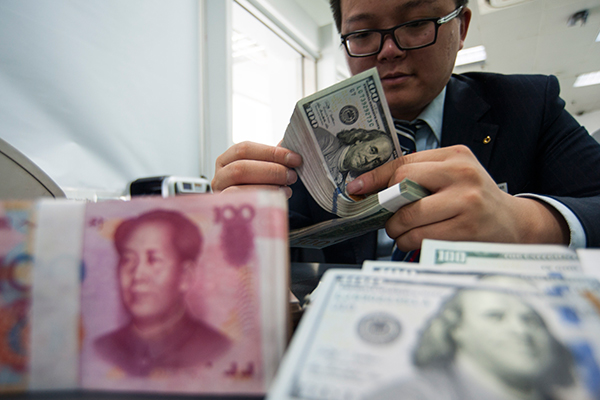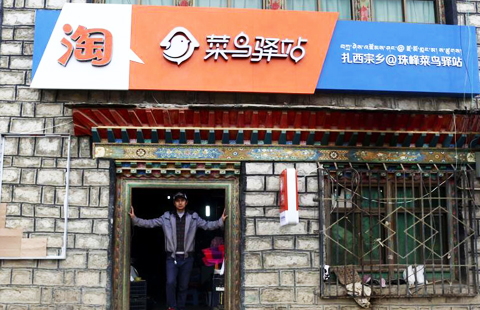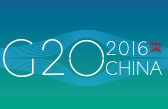Renminbi usage expands on route
By LUO WEITENG (China Daily) Updated: 2016-09-27 10:01
 |
|
An employee at a bank counter in Nantong, Jiangsu province, counts renminbi and dollars. [Photo/China Daily] |
The ambitious China-led Belt and Road Initiative is set to turbocharge the use of renminbi in international trade and finance, pumping fresh oxygen into the currency's global outreach, an economist said.
The massive trade and infrastructure project, first mooted by President Xi Jinping in 2013, echoes the world's second-largest economy's determination to sharpen the currency's role as a widely-used fundraising and payment vehicle in overseas financial centers to finance a constellation of infrastructure construction and booming trade across 65 countries and regions along the route.
The People's Bank of China recently said it has authorized Bank of China's New York branch to be the first renminbi clearing bank in the United States, beefing up the lender's offshore renminbi clearing business footprint to 11 countries and regions on five continents, and sending China's total number of overseas renminbi clearing hubs to more than 20.
The announcement came only two weeks before the currency's inclusion into the International Monetary Fund's special drawing rights to sit alongside the dollar, euro, sterling and yen. This is a milestone in China's efforts to internationalize the renminbi.
Foreign investors and companies can issue SDR bonds and Panda bonds in China to fund the Belt-and-Road projects and facilitate renminbi-denominated transactions overseas, said Fielding Chen Shiyuan, an economist at Bloomberg Intelligence in Hong Kong.
"Belt-and-Road companies, finding no difficulty in clearing and settling trade denominated in renminbi, would be encouraged to do more business in yuan overseas," Chen said.
Though the renewed depreciation pressures are eroding the currency's offshore liquidity pool and reducing its share of international transactions, Chen said he believed the currency is on course to find a more reasonable and balanced level of exchange rates.
"The offshore yuan today lost the pivot point it has gained support from for years, but will certainly seek out a new one, a market-driven and reasonable one, underpinned by the proactive role of renminbi in global real economies," he noted.
China's efforts to boost the yuan's global usage that accelerated in fits and starts since 2010, Chen pointed out, revived by the high-profile Belt and Road Initiative, which stands as "the very first stop where renminbi can be used in local businesses."
In particular, most members of the Association of Southeast Asian Nations have China as their biggest trading partner and are enthusiastic about the Belt and Road Initiative. They are poised to allocate more renminbi reserves for the regional development projects.
"Compared with most ASEAN currencies, the renminbi is still a more stable and higher-yielding option," Chen said. "In terms of regional integration, it stands as an anchor for ASEAN countries, giving them another good reason to be responsive renminbi users."
- Renminbi use surges in London in spite of Brexit
- Chinese currency renminbi will become more important for Australia's economy: ACBC chief
- China's renminbi 'heading to being the world's strongest reserve currency
- China gives World Bank go-ahead for first renminbi-settled SDR bond
- Renminbi internationalization makes new strides


















